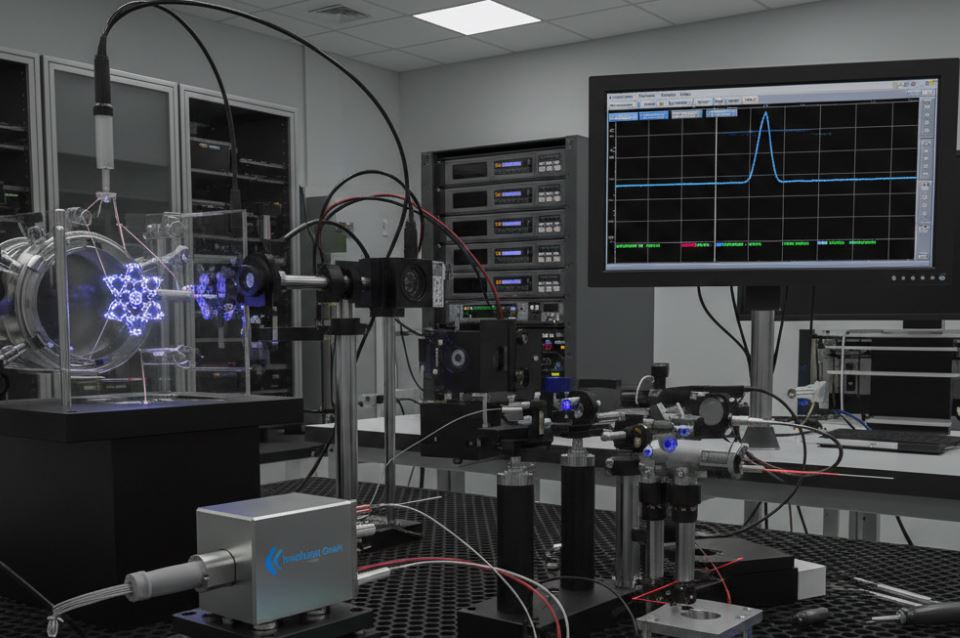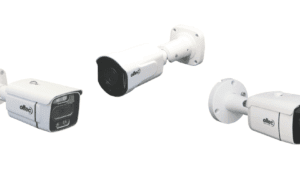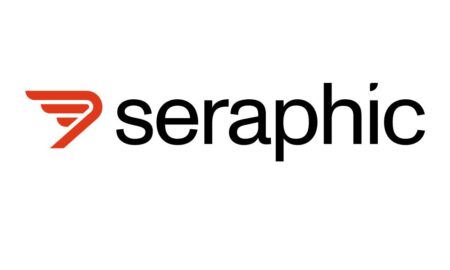In quantum technologies, measurement precision poses a significant challenge. From tiny deviations in parameters to imperceptible wavelength shifts – everything can affect the results. But what if a technology that is incredibly stable and precise could be used for such exact, even microscopic tasks? We’re talking about distributed feedback lasers (DFB). How does this work?
Wavelength stability as the foundation for precise measurements
One of the main factors ensuring high measurement accuracy in quantum technologies is the stability of the wavelength. If the wavelength is constantly “floating,” it’s subject to even minimal changes in temperature or current. Under such conditions, accurate measurements become simply impossible. And that’s where the distributed feedback laser, developed by Innolume GmbH, can help. With over 20 years of expertise in semiconductor technology, the company has mastered the art of designing devices that meet the highest precision standards.
DFB systems offer:
- High wavelength stability even with changes in temperature or current (at a level of 100 pm/K – much better than conventional options).
- Minimal wavelength shifts – perfect for sensitive tasks like quantum metrology.
- Precise wavelength tuning, ensuring extraordinary measurement accuracy, for example, in spectroscopy or instrument calibration.
So, why does this stability matter? In fields where even the slightest variation can skew results significantly, wavelength stability forms the bedrock of precise measurements, impacting everything from computing systems to advanced sensors.
Narrow spectral linewidth for quantum applications
But stability isn’t the only factor at play. For many quantum applications, a narrow spectral linewidth is crucial. Why? Because wide spectra, typical of less stable sources, can introduce noise and shift, complicating or even invalidating precise measurements.
DFB devices provide:
- incredibly narrow spectral linewidth – 1 MHz is ideal for precise measurements;
- low side-mode suppression – up to 50 dB, meaning minimal spectral noise and the ability to operate in single-mode even at high power;
- long coherence time, enabling accurate interferometry and measurements at the quantum level.
For instance, in spectroscopy or quantum cryptography, where precision is required at the level of individual photons, a narrow spectral line maximizes efficiency, minimizing interference.
Tuning capabilities for specific needs
For serious scientific and industrial tasks, the ability to fine-tune the system is a huge advantage. With DFB technology, you can not only adjust the temperature but also fine-tune the current, opening up additional possibilities for achieving the highest precision. Traditional systems with fixed characteristics often don’t offer such flexibility.
What’s important: еtemperature tuning allows for precision down to a few picometers per degree; сcurrent tuning enables wavelength shifts of up to 0.1 nm. These features allow measurements to remain accurate even when external conditions change, something you won’t find in cheaper alternatives.
Potential in quantum systems and beyond
Without a doubt, DFB devices open up vast opportunities for quantum technologies. But not only there. They are also used in:
- Quantum communication and computing – their precision and stability help create next-generation quantum cryptosystems.
- Precision measurements – calibration and accurate measurements that require a stable light source can achieve optimal results with these systems.
- Sensors and LIDAR – systems with narrow linewidths and high coherence dramatically improve measurement accuracy in complex setups.
That’s the picture. Using distributed feedback systems allows tackling tasks that previously seemed unattainable due to technical limitations. All thanks to their remarkable stability, tunable wavelength capabilities, and ability to work with the smallest deviations.
The technical features and possibilities of these devices make them indispensable tools for scientists and engineers working at the forefront of quantum research and technologies.



































